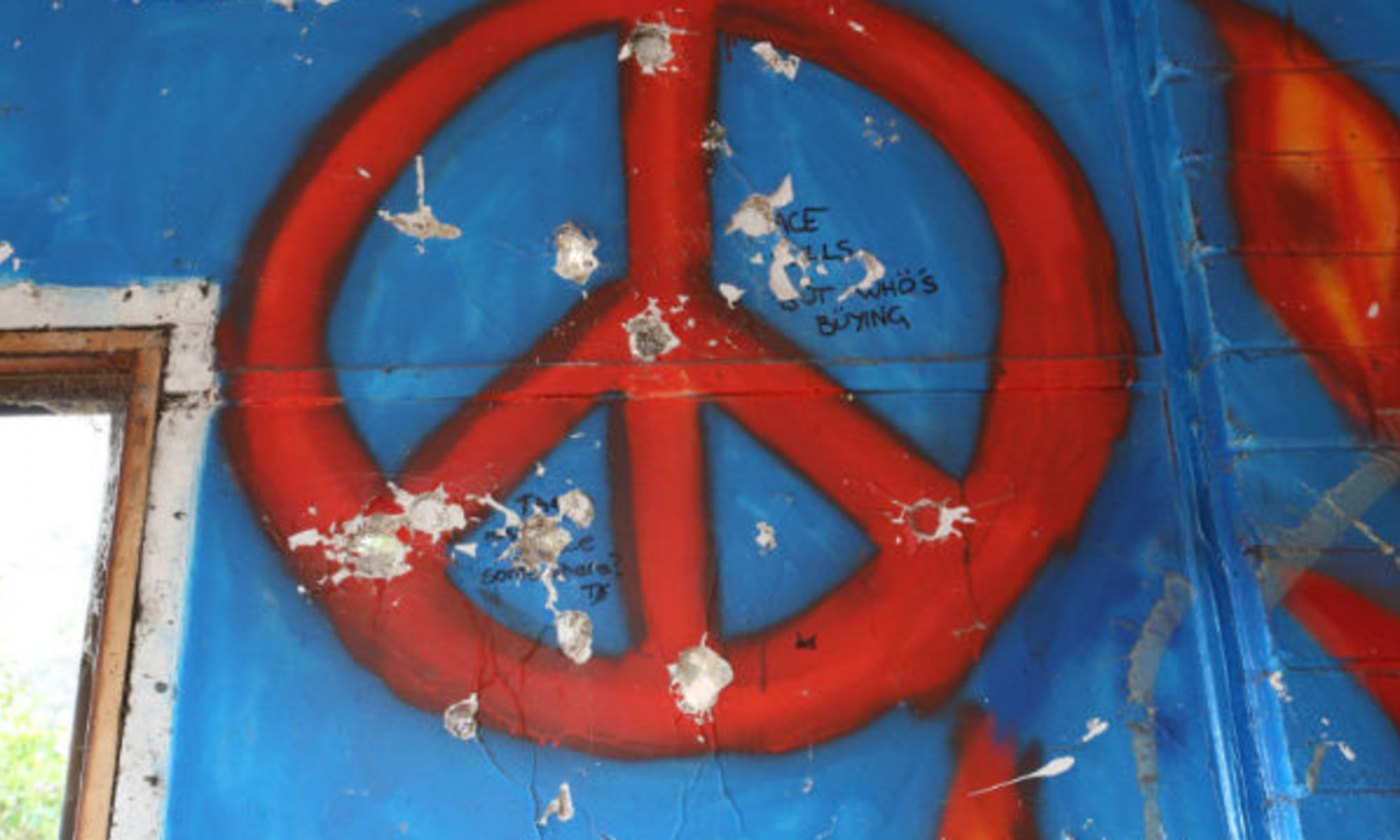By Sarah Inskeep
When I was in fourth grade, one of my best friends was hit by a car. The day before, we had played together at recess, talking about plans for spring break, saying we’d see each other in a week or so — but we never did. The driver of the car, we heard, was a young man. A lot of anger and blame was directed at him by the community. At first there were rumors that he had been drinking, but police reports revealed he hadn’t been. Then, after a couple of weeks, I heard someone talking about how badly he was taking having caused the death of a young girl, and realized that his life was changed just as irrevocably as mine.
Like the memories of my friend, that man’s story has never left me. To see that it’s not only the blame others place on the person, but the blame the person places on themselves — it’s part of the reason that, from an early age, I sought to understand what alternatives there may be to retributive justice. I began to suspect that the people who were hurting others were most often hurt themselves.
On Monday, a man named Lou Hammond shared his story with us. He spent twenty-one years in prison and was involved in gangs from early childhood. Like the man I heard about as a kid, he was overwhelmed by guilt after an accident — and, like that man, he helped me to understand myself and others in a more compassionate way.
“Hurt people hurt people,” Lou said, speaking of himself and of others he knew in prison. Of the men who are thought to be the biggest and the baddest, he added, “I know you. I know you, because I was you. You’re not the baddest guy in here – you’re the most hurt.”
So many of the people I’ve known who’ve been troublemakers, who’ve been deemed aggressive or rude, exemplify the truth of that statement. Yes, there are cases in which a crime is committed, purposefully, without a history of trauma. As one of our other visitors said, however, that is by far the exception to the rule. Knowing this, it seems all the more clear to me that to end violence, we need to support people in facing their trauma and in healing. We need to help people understand that, after all of the mistakes, after all of the terrible things that happen which are out of their control, it is still possible to grow, to live, to love and to be loved again. It’s true that one may never be the same as one was before, but that doesn’t mean what one becomes is necessarily less good or less beautiful. As Julia Hill wrote, it is like the process of metamorphosis. Facing the darkness does not always mean an end. Sometimes, it is the way the most magnificent transformations can occur.
Once healing begins for one person, it spreads. For, when one is ready, one can then share the story of the journey from hurt to healing, and in doing so help others begin to heal as well. The process may start small, but in time the cycle of hurt will fade, and a cycle of healing will take its place.
“Hurt people hurt people,” Lou said again as he finished his story. That time, though, he included a little more.
“…and healed people heal people.”


